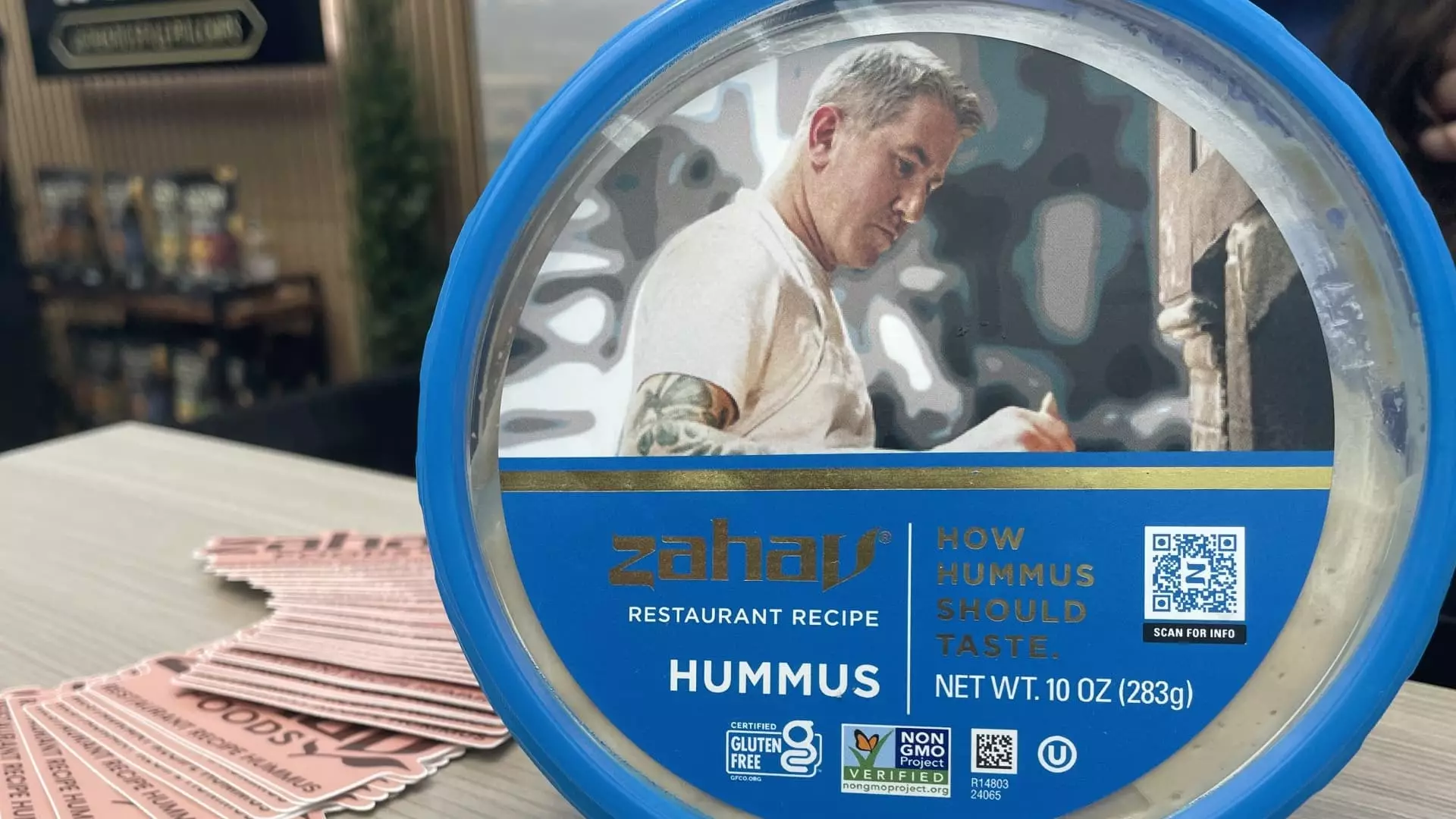In the bustling corridors of the Summer Fancy Food Show, it’s easy to get swept up in the frenzy of innovation. New products, exotic flavor infusions, and rebellious condiment combinations flood the exhibition halls, promising the next big hit on grocery shelves. Yet, upon closer reflection, much of what is showcased wears a veneer of novelty, masking a deeper issue: the fleeting nature of these so-called trends. A glance at the past reveals that many of these products—be it Dubai chocolate or lavender-infused oils—are driven more by social media hype than by genuine culinary evolution. Such trends suffer from a fundamental problem: they’re driven by the allure of virality rather than sustainable consumer interest.
The industry’s obsession with rapid turnover promotes a cycle of hype and discard that hampers authentic culinary progress. Instead of cultivating meaningful, health-conscious, or culturally significant innovations, it seems that many exhibitors are merely chasing the next viral sensation, often overly dependent on transient platforms like TikTok. This superficial approach risks diluting the integrity of the food industry, turning it into an endless carousel of ephemeral fads rather than a space for thoughtful development rooted in tradition or nutrition.
Commercialization and the Marginalization of Voice
Big brands such as Honest Tea, Ben & Jerry’s, and Tate’s Bake Shop—hailing from modest beginnings—embody a narrative of hopeful entrepreneurship. However, their early participation in shows like this suggests an ongoing tension between commercial interests and authentic innovation. These companies have grown into mainstream giants by aligning their offerings with broad consumer appeal, sometimes at the expense of cultural or health-oriented integrity. The risk lies in their potential to perpetuate homogenization, where offerings are optimized more for marketability than for meaningful contribution.
What’s notable is the shrinking space for daring, disruptive brands within food showcases. As plant-based products face struggles, the spotlight shifts toward conventional favorites and their remixes—such as cashew-based cheeses or infused oils—rather than pioneering truly novel or healthful food forms. This trend illustrates a cautious industry hesitant to venture into uncharted territory, often prioritizing safe bets over pioneering innovation that could better serve public health or reflect diverse culinary traditions.
The Proliferation of ‘Homegrown’ Cooking and Its Cultural Implications
During the pandemic, the rise of chef-led, at-home sauces and condiments showcased a DIY spirit that continues to influence the food scene. This shift is not merely a fleeting response to health concerns but a sign of deeper cultural change. It highlights a demand for authenticity, for foods prepared with passion and craftsmanship that could cut across commercial mass production. Chefs and brands are recognizing that consumers increasingly desire food experiences that feel personal and artisanal.
Yet, this trend risks commodifying authenticity, turning culinary passion into a marketing tactic. When chefs sell their signature sauces as packaged goods, it blurs the lines between craft and commerce, raising questions about the commodification of culture. Are we witnessing a genuine democratization of gourmet experiences, or simply a new form of branding that commodifies culinary artistry for profit? This imbalance threatens to undermine the cultural significance of food preparation, reducing it to mere trendiness.
The End of the “Swicy” Era? A Cautionary Tale of Overexposure
The “swicy” trend—merging sweet and spicy flavors—appears to be in its waning days, exemplifying how even the most popular fads are susceptible to oversaturation. While the flavor combination is undeniably appealing, its current ubiquity suggests we may be witnessing the overhyping of a concept that has reached peak fatigue. Companies like Hot Honey and swicy dips push this flavor profile, but the danger lies in overextending its reach, risking consumer desensitization and eventual disinterest.
The marketplace is often driven by a restless desire for the new, which feeds the cycle of hype. There’s a risk that overexposure will devalue these trends, rendering them just another fleeting gimmick rather than a meaningful culinary evolution. The industry should learn to appreciate these flavors as part of a broader palette rather than over-commodify them, which ultimately undermines their cultural and sensory value.
The Troubling Resurgence of Beef Tallow and Dietary Controversy
Amid rising debates about health, the resurgence of beef tallow as a cooking fat raises uncomfortable questions. Promoted as a “natural” alternative, beef tallow’s revival can be seen as emblematic of the industry’s ambivalence about nutrition. Public health experts broadly reject the idea that animal fats are healthier than genetically engineered seed oils, yet commentators like Robert F. Kennedy Jr. give endorsing rhetoric a platform—shaping consumer perception in ways that often run counter to scientific consensus.
This phenomenon reveals a broader ideological struggle—between the desire for “natural,” traditional foods and the scientifically supported pursuit of public health. While some view beef tallow as a nostalgic nod to heritage cooking, others see it as a regressive step that elevates taste over health. The industry’s role should be to critically assess these claims and prioritize consumer wellbeing, not simply cater to nostalgic or populist currents that may have little grounding in nutritional science.
In this era of cultural and culinary flux, the food industry faces a crucial question: will it be driven by superficial trends, or will it embrace a more thoughtful, inclusive approach that recognizes food’s cultural, nutritional, and societal significance? The choices made now will shape not only what we eat but also how we value and understand the role of food in our lives.


Leave a Reply